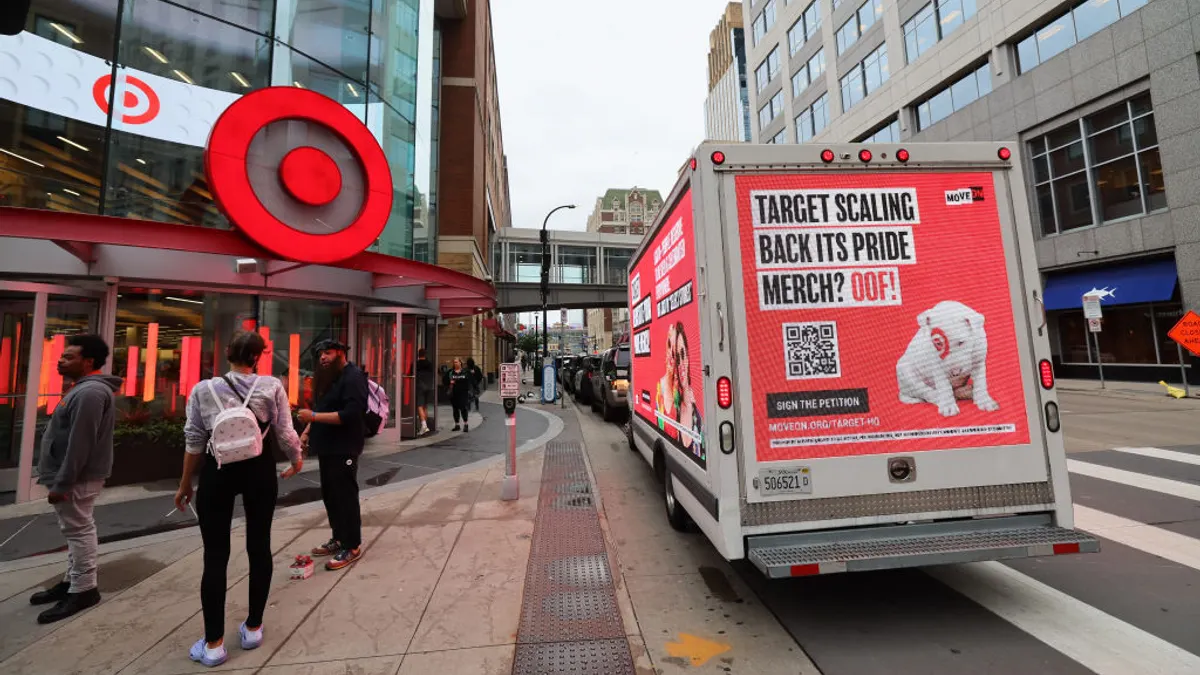Dive Brief:
-
Following a series of changes in its leadership and corporate structure, Ikea Group is also picking up the pace in development of its growth strategy, moving from a five to 10-year planning window to closer to three, Bloomberg reports.
-
The furniture retailer has embarked on its latest such three-year plan with the assumption that more people will be decorating smaller homes with fewer resources, CEO Jesper Brodin told Bloomberg this week.
-
The company's own research also shows that more people the world over will continue to move into more urban areas. By 2030, twice as many people — some 60% of people in the world — will live in large cities, according to Ikea.
Dive Insight:
Ikea has come to the realization that basing its sales strategy entirely on massive, far-flung stores might not cut it anymore.
The company's previous CEO, Peter Agnefjall, had begun to emphasize that the company would be revisiting the quality of its goods, under pressure from online sales of better quality furniture that are undermining Ikea's convenience premise. But now, led by Jesper Brodin, who arrived as President and CEO of Ikea Group in September last year, the company is talking less about quality and more about how and where it should sell its goods.
"It seems even Ikea, king of the in-store experience, isn't immune to the changing tides of retail," Meyar Sheik, CEO of omnichannel personalization firm Certona, told Retail Dive in an email. "The reality is the big-box retailer model that the Swedish furniture giant relied upon for so long is no longer sustainable in the rapidly changing market. Out-of-town warehouse stores are losing appeal with today's time-poor and budget-conscious shoppers, who are increasingly turning to online services. ... [T]he company is right to pack up its old strategy and forge ahead with a new one."
More stores in city centers, accessible by bike, car and public transportation, are being planned worldwide, with the flagship in Copenhagen opening in 2020, the company said in its year-end report. "Expansion is not meaningful without accessibility," said Jette Jorgensen, Ikea's expansion manager, in the report. "If we're going to reach more people we need to think outside the 'blue box,' about how and where we create Ikea shopping experiences."
That, somewhat belatedly, includes a more nimble and more focused e-commerce operation. Executives in the company's year-end reports emphasized that they're aware that much of that activity will take place on mobile, which could be one reason for the creation of an augmented reality app last year. With more customers ordering goods online, the company also said it is boosting its remote support center.
"What's really noteworthy ... is the radicalness of the announced transformation," Sheik said, noting that the retailer does have a solid online presence and has experimented with new technologies like VR. "Ikea isn't dipping its toes in; it's jumping headfirst into digital."
Even without much of an online focus, the company saw digital sales surge last year, experiencing 2.3 billion website visits and 936 million visits to stores worldwide, according to its year-end report. Executives also have said they will study operations within its its Task Rabbit home delivery and setup service, and may consider other such investments going forward. The furniture retailer's FY2017 (Sept 2016 - August 2017) retail sales grew 3.5% (3.8% adjusted for currency fluctuations) to €34.1 billion ($40.2 billion) or €38.3 billion ($45.4 billion) excluding consumption tax.












